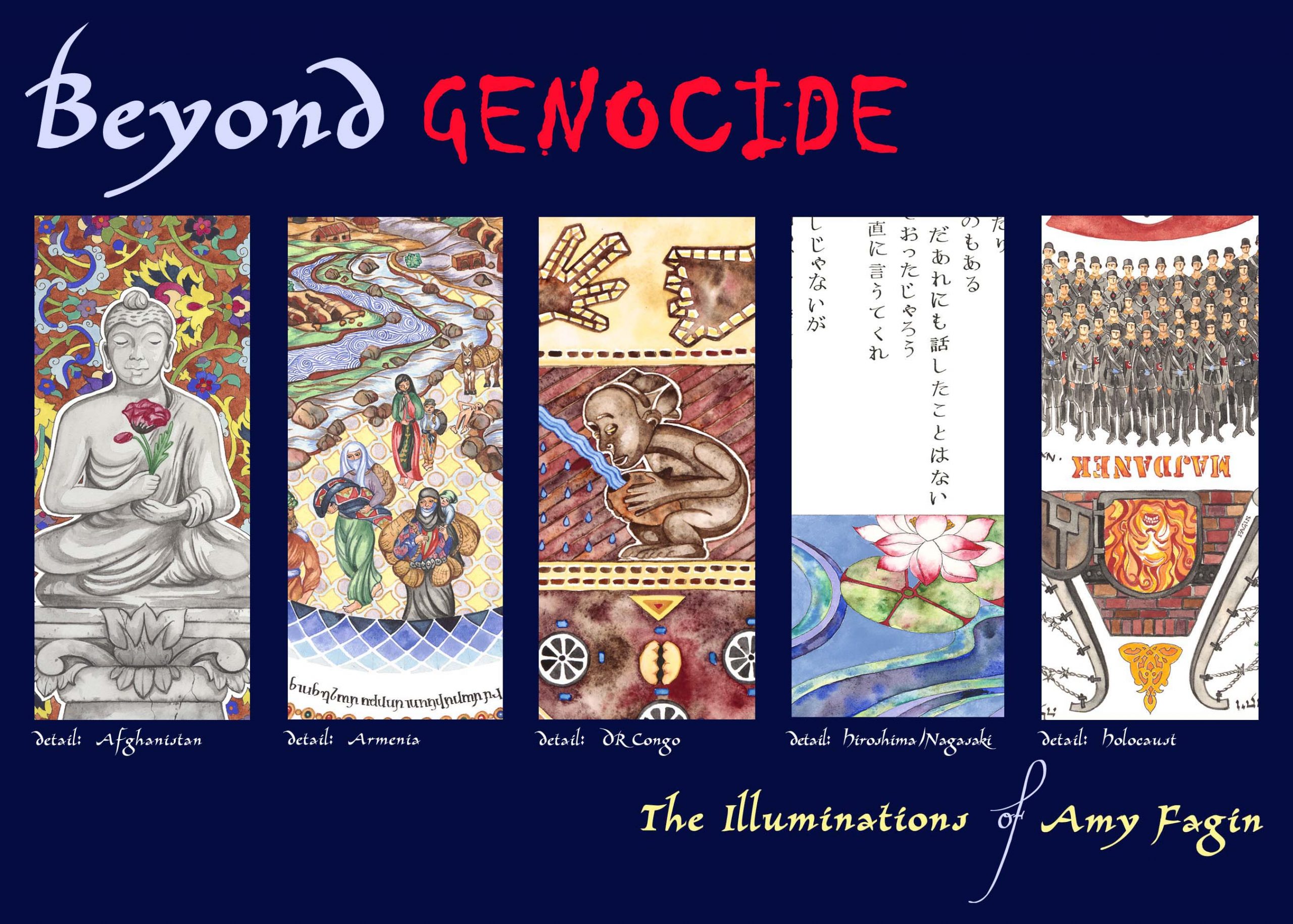The rise of the Pol Pot regime in the wake of the Vietnam War transformed a country desperate to steer free of the violence occurring in its neighboring country. The genocide of the Cambodian people organized by a native ruler defies the terminology of genocide according to the United Nations legal definition. Approximately 1.7 to 2 million Cambodians (one third of its entire population) perished between 1975 - 1979 in death and work camps, by execution and torture, disease and starvation. Buddhist monks and Buddhist religion were targeted for destruction with 68 thousand monks slaughtered and temples destroyed. After many years of neglect, today the nation is beginning to heal from this massive destruction with schools and popular memory sites integrating the history of the genocide into the curriculum and popular culture. Visitors to Cambodia today can witness a new and inspired generation of creative citizens willing to tackle and embrace this painful history. This illumination bears testimony to the terrible silencing of Cambodia of the 20th century, and recognizes foundational periods of ancient Cambodian civilization. The central composition focuses on the geographic feature of the Tonle Sap, the originating source of settlement and continued life of this South East Asia peninsula. It honors the efforts of Buddhist ritual arts to facilitate peace, and documents the cry of the survivors of this genocide.
IIllumination Completed 2005

